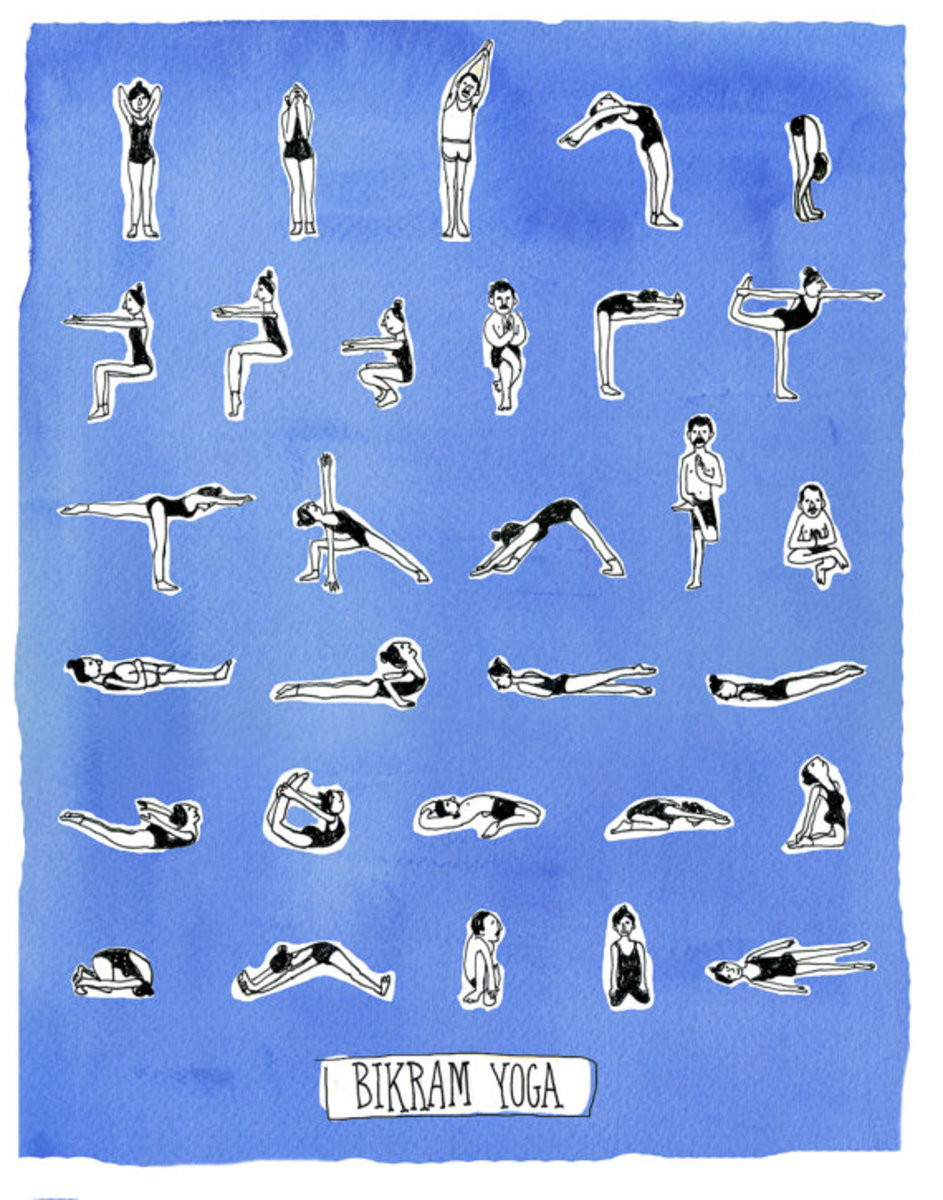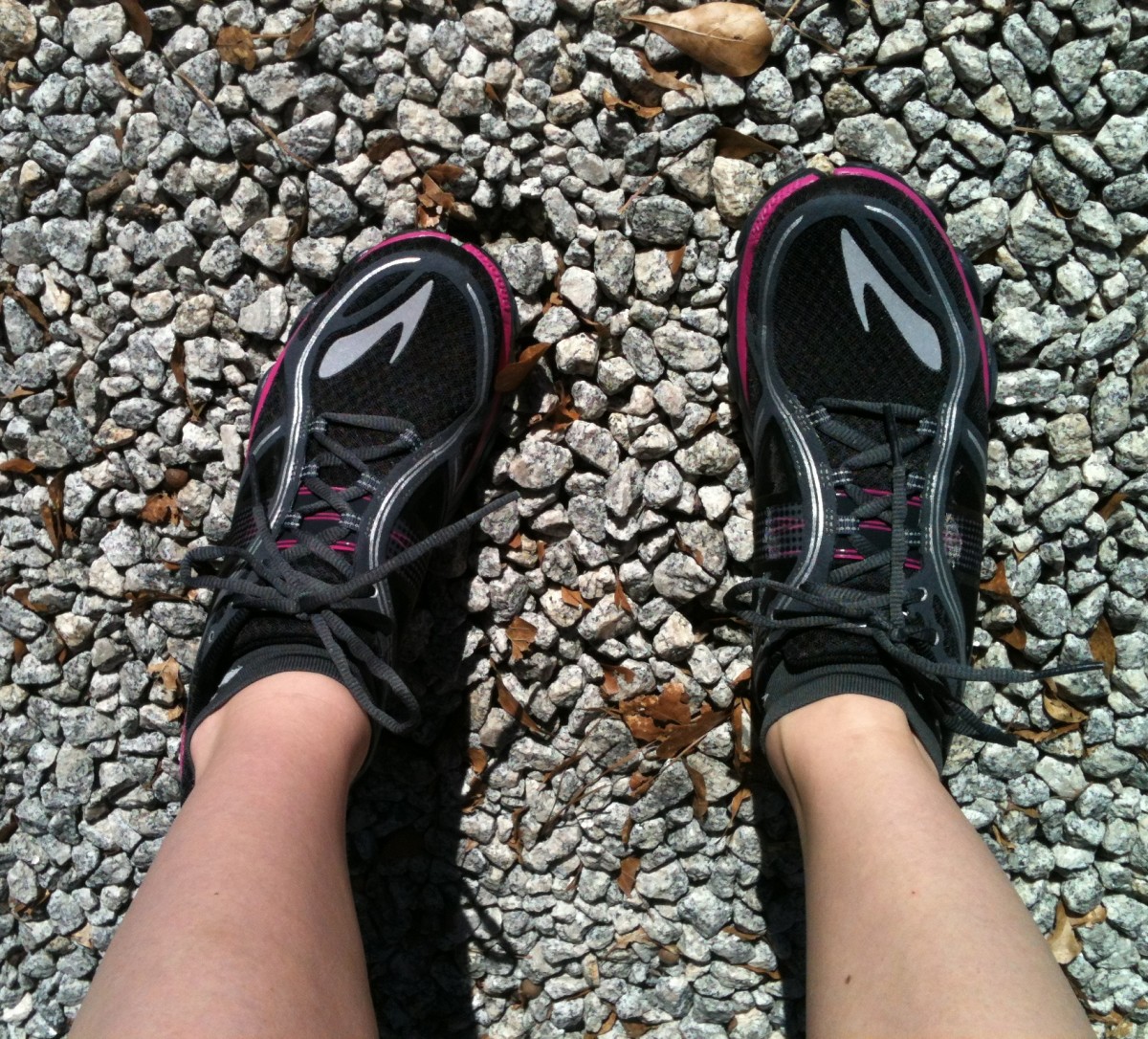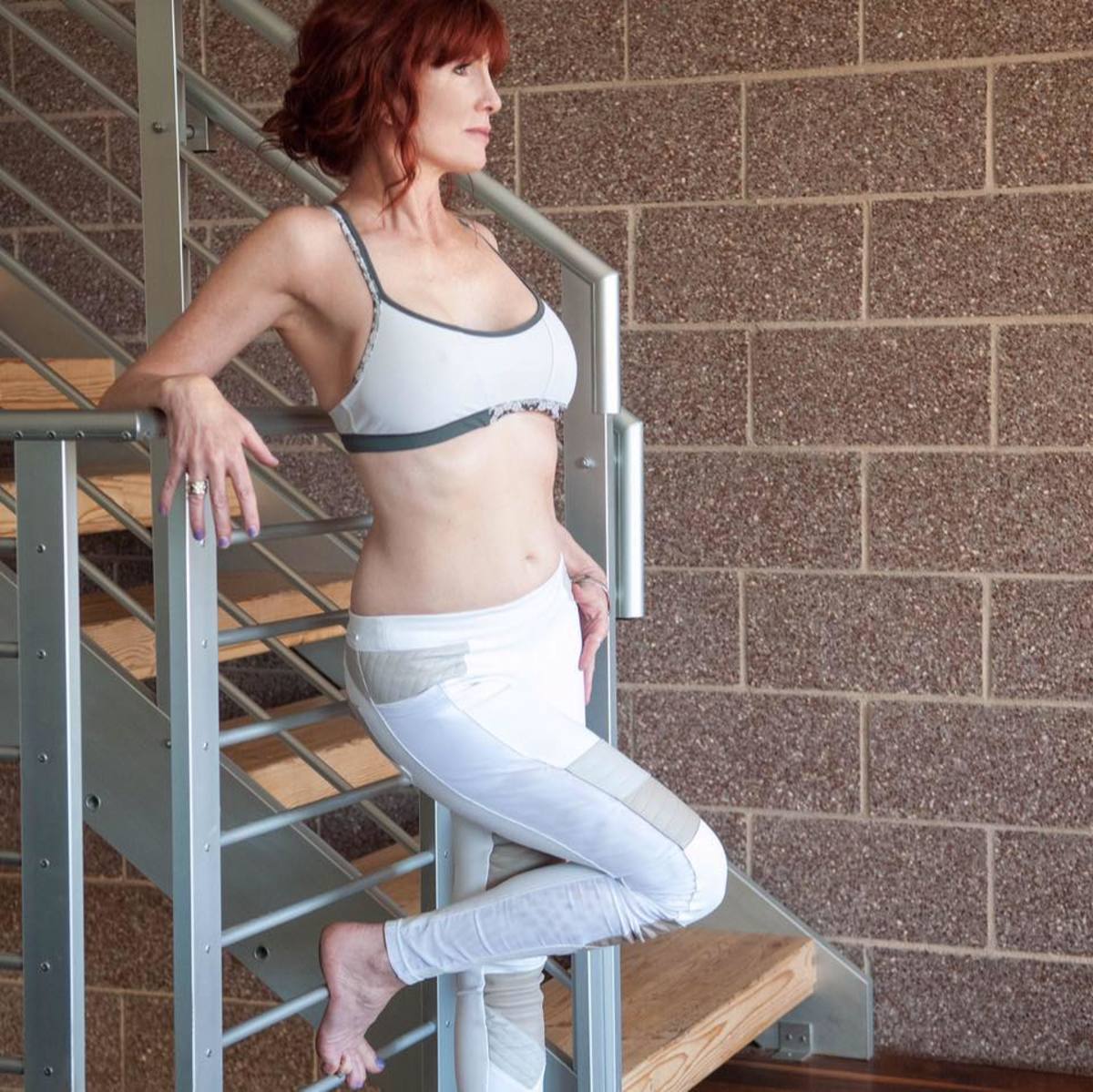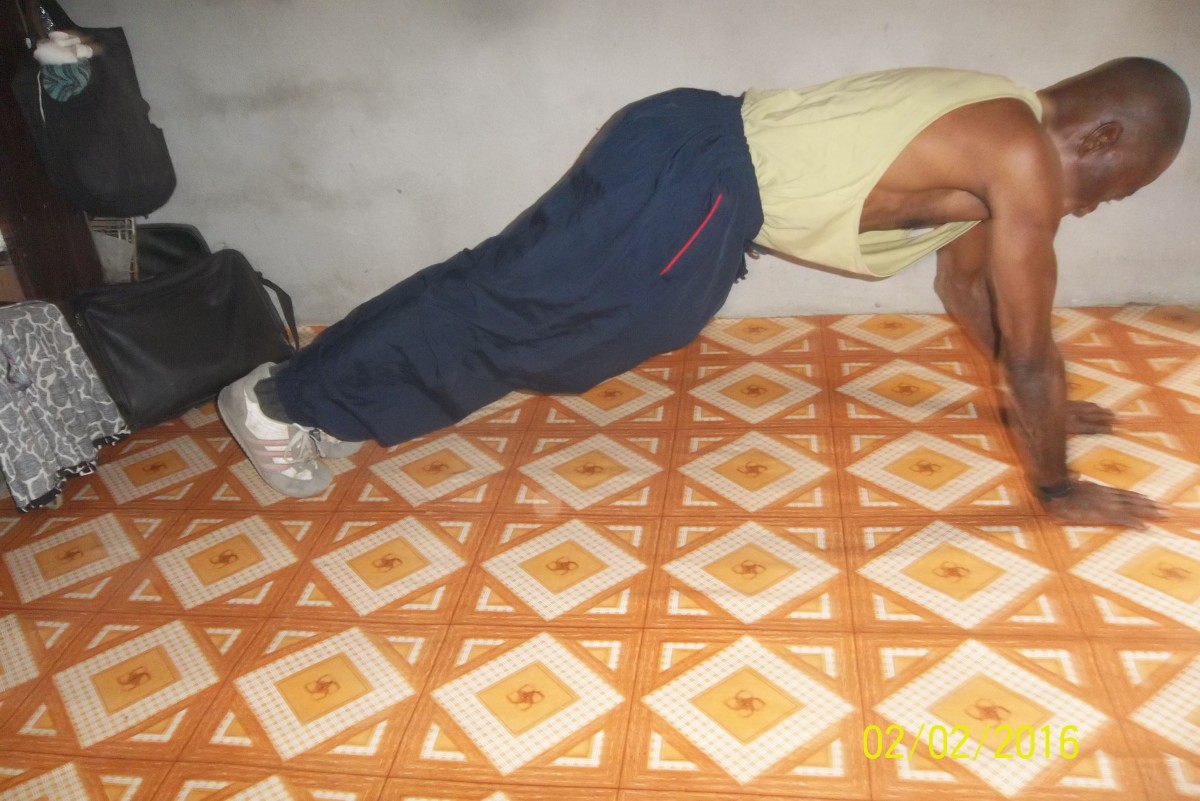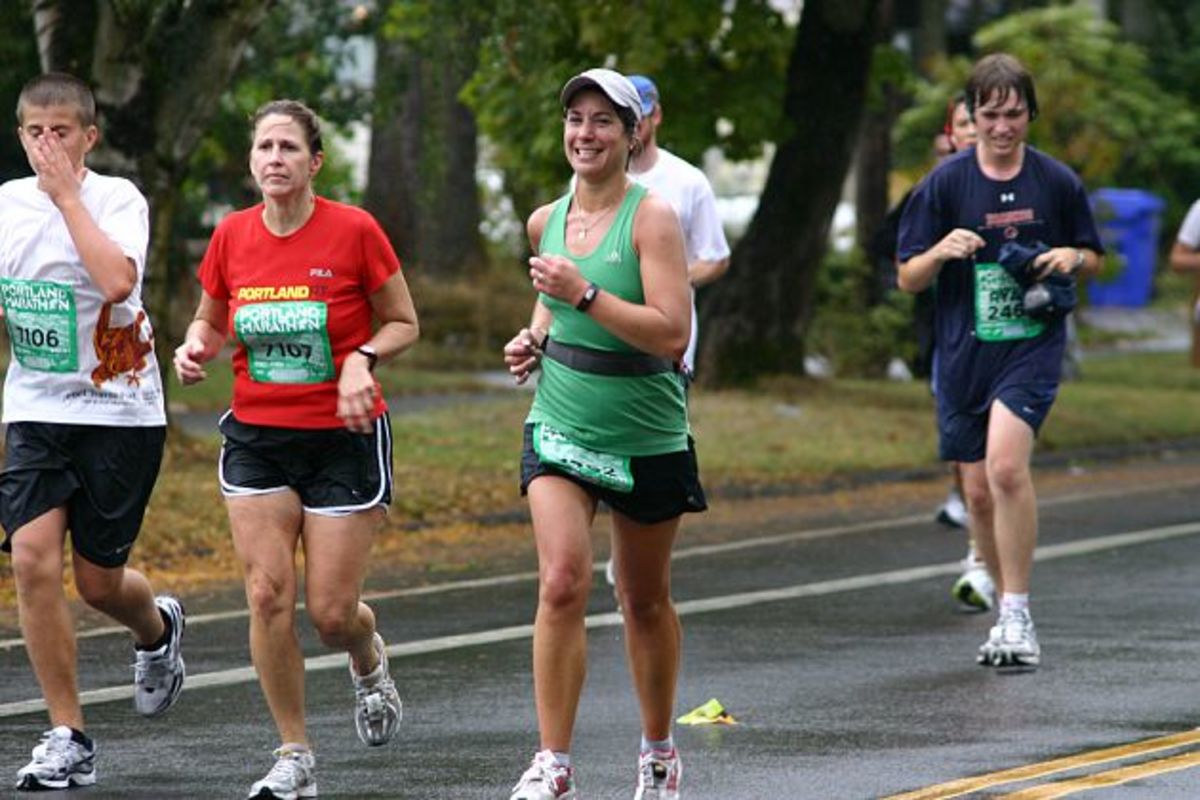Beginner's Running Plan
Congratulations on deciding to start an excerise program!
Deciding to start an exercise program is excellent for your health and can also be a lot of fun! Many people decide to start an exercise program without understanding the dos and donts of that type of exercise, and doing so without knowing how to perform that exercise in the safest manner can result in injury and/or disinterest in exercising.
****IMPORTANT****
Before starting any type of physical fitness program it is important to get checked out by your doctor to make sure you are in good health. If you are cleared by your doctor, then it is time to get started!
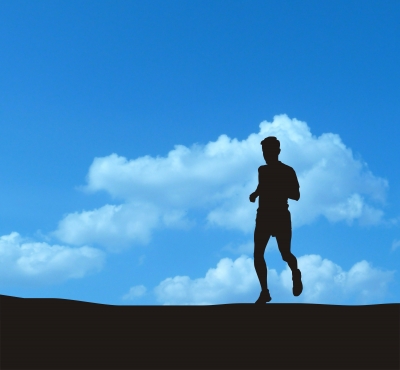
Running/Walking
Running and walking can seem the easiest is usually the most popular exercise program to start and is where many people do decide to start because it is one of the easiest exercise programs to start because it can be done anywhere, with the least amount of equipment, and does not require any expensive memberships.
Why do you want to start running?
Choosing the Right Running Shoe For You
One of the first steps in choosing the correct running shoe for you is to determine your foot type. This can be done in a store that has the equipment to do this, or can be done at home EASY and CHEAP!
To Determine Foot Type:
1. Get a brown paper bag and cut into a flat sheet big enough to fit both feet on.
2. Get a bowl of water or wet rag and wet one foot.
3. Use a normal walking stride,take a few steps making sure the wet foot lands on the brown paper bag
4. Do the same thing with the other foot,
THAT IS ALL THERE IS TO IT!!
Your foot will fall into 1 of 3 types: Underpronating, Flat, or Overpronating.
Supinated - this means that you have a high arch and your ankle tends to roll outward. Your old shoes would show more wear on the outside edge of the sole. You would most likely want a cushioned shoe.
Neutral - this is a relatively normal foot and will be best with a neutral shoe.
Pronated - means that you have a flat arch and your ankle rolls inward. Old shoes would show wear to the inside of the shoe.
After determinig what type of foot you have you can choose the shoe that was made to support that foot type. Cost should be on your mind because the right shoe may not be the most stylish shoe.
Proper Running Shoes Can Help Prevent Injury
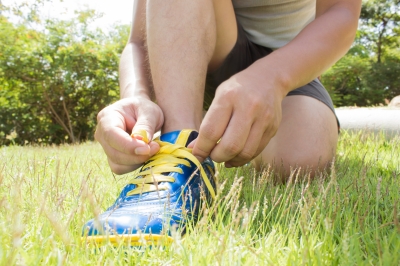
ASICS Men's Gel Kayano 20 Lite
Remember!
- Don't over train in the beginning
- Select the right shoes
- Warm up, stretch, and cool down
- DON'T GIVE UP!!
5 Weeks to Running 30 Minutes
The goal of this running plan is to get you from running, walking, or a combination of both, to running 30 mins without walking. This beginner's plan does not focus on running a race at the end because that is not the ultimate purpose for everyone starting out running.
Week 1 - Week 4
- Weeks 1-4 are about getting your body used to running. When you first begin your running program your body will get sore because there is a lot of jostling going on, and that is why we are going to start out slow and work our way up to running a full 30 minutes.
- You will start out by running only 10 minutes and the easiest way to accomplish this is to use a stopwatch on something like a wrist watch or cell phone. Start out by running for 5 minutes and then simply turn around and go back the way you came, trying to make it in 5 minutes.
- Don't worry too much about being able to run the entire time at this stage in your plan, if you can then that is fine but not required.
- As the table below shows, you will be increasing the time ran by a few minutes every few days until week 5 where you will be running thirty minutes!
Week 5
- During week 5 you will find that running has become easier and when you started out having to run and walk for 10 minutes that now it does not seem so awful!
Good Running Watch is Important
Running Terms*
Long Runs - are runs that are done at a slower pace and longer distances than interval and speed training running.
Sprints - is training that helps improve speed over short distances and is done in sets.
Interval Training - is any type of running done multiple times in a training sessions.
Fartlek - is a type of run that involves running slightly faster than normal pace for a set distance or time, returning to normal pace for same distance or time, and repeating over until the run is over.
Hills - training that involves running up a hill coming back down and continuing that cycle.
* You do not have to concern yourself with these terms to much yet because in this beginner's plan you will not be doing anything but long or distance runs, but they are good terms to go ahead and familiarize yourself with as you advance in your running plans.
Beginners Running Plan
WEEK 1
| ||||||
|---|---|---|---|---|---|---|
Day 1
| Day 2
| Day 3
| Day 4
| Day 5
| Day 6
| Day 7
|
Warm up Stretch
| Warm Up Stretch
| Warm Up Stretch
| Warm Up Stretch
| |||
Run/Walk 10 mins
| Rest
| Run/Walk 10 mins
| Rest
| Run/Walk 12 mins
| Rest
| Run/Walk 12 mins
|
Cool Down
| Cool Down
| Cool Down
| Cool Down
| |||
WEEK 2
| ||||||
Day 8
| Day 9
| Day 10
| Day 11
| Day 12
| Day 13
| Day 14
|
Warm Up Stretch
| Warm Up Stretch
| Warm Up Stretch
| ||||
Rest
| Run/Walk 15 mins
| Rest
| Run/Walk 15 mins
| Rest
| Run/Walk 18 mins
| Rest
|
Cool Down
| Cool Down
| Cool Down
| ||||
WEEK 3
| ||||||
Day 15
| Day 16
| Day 17
| Day 18
| Day 19
| Day 20
| Day 21
|
Warm up Stretch
| Warm Up Stretch
| Warm Up Stretch
| Warm Up Stretch
| |||
Run/Walk 18 mins
| Rest
| Run/Walk 22 mins
| Rest
| Run/Walk 22 mins
| Rest
| Run/Walk 26 mins
|
Cool Down
| Cool Down
| Cool Down
| Cool Down
| |||
WEEK 4
| ||||||
Day 22
| Day 23
| Day 24
| Day 25
| Day 26
| Day 27
| Day 28
|
Warm up Stretch
| Warm Up Stretch
| Warm Up Stretch
| ||||
Rest
| Run/Walk 26 mins
| Rest
| Run/Walk 30 mins
| Rest
| Run/Walk 30 mins
| Rest
|
Cool Down
| Cool Down
| Cool Down
| ||||
WEEK 5
| ||||||
Day 29
| Day 30
| Day 31
| Day 32
| Day 33
| Day 34
| Day 35
|
Warm up Stretch
| Warm Up Stretch
| Warm Up Stretch
| Warm Up Stretch
| |||
RUN 30 mins
| Rest
| RUN 30 mins
| Rest
| RUN 30 mins
| Rest
| RUN 30 mins
|
Cool Down
| Cool Down
| Cool Down
| Cool Down
|
Beginner's Stretch Routine
Before and After Exercise Routine
Warming up, stretching, cooling down after any exercise is vitally important because this is the easiest and most preventative way to reduce injuries and soreness.
Warming up
Warm ups can be anything that gets your heart rate up and blood flowing to allow you to stretch without injuring your muscles while stretching. Keep the warm up easy walking, jogging slowly, jump roping, or anything you can think of.
Stretching
Make sure your streching routine encompasses every muscle group to help prevent injury. Stretching is the most important part of your plan that will help prevent muscle injury, so make it a HABIT!!!
Cooling Down
Cool downs are just like warming up prior to physical activity except you do them after you are done. Cooling down by walking or slow jogs helps ward off muscle soreness by removing lactic acid that builds up in muscle tissue during excercise.

Why Hydration is Important
Hydration is important to overall health as our bodies are made of mostly water, and if you can make drinking water a part of your everyday life you will feel better and maybe even save some money on expensive coffee and soft drinks.
Hydration is also important before, during, and after physical activity because it can prevent muscle cramps, fatigue, and dehydration, which will also help prevent injuries.
The recommended water intake for a regular day is 8 x 8oz glasses of water. And you should follow this with a slight increase before and after physical activity to help replace the water lost during exercise.
Many people will use a favorite cup or something to keep with them to sip on water all day and is a great idea because it helps to remind you to drink water!
Running can be easier than you think!
Select the right equipment
Selecting the correct running shoe will help prevent injury and allows the tread to last longer keeping you from having to buy new shoes frequently.
Make a plan
Taking the time to make a running plan will help you see results faster, perform safely, and keep interested so that you stick with it! Making a plan will also allow you to keep track of goals and results.
Hydrate
Drinking adequate amounts of water will help you prevent injury and fatigue and will contribute to your overall good health. A bonus of making drinking water a habit is that it can save you money.




